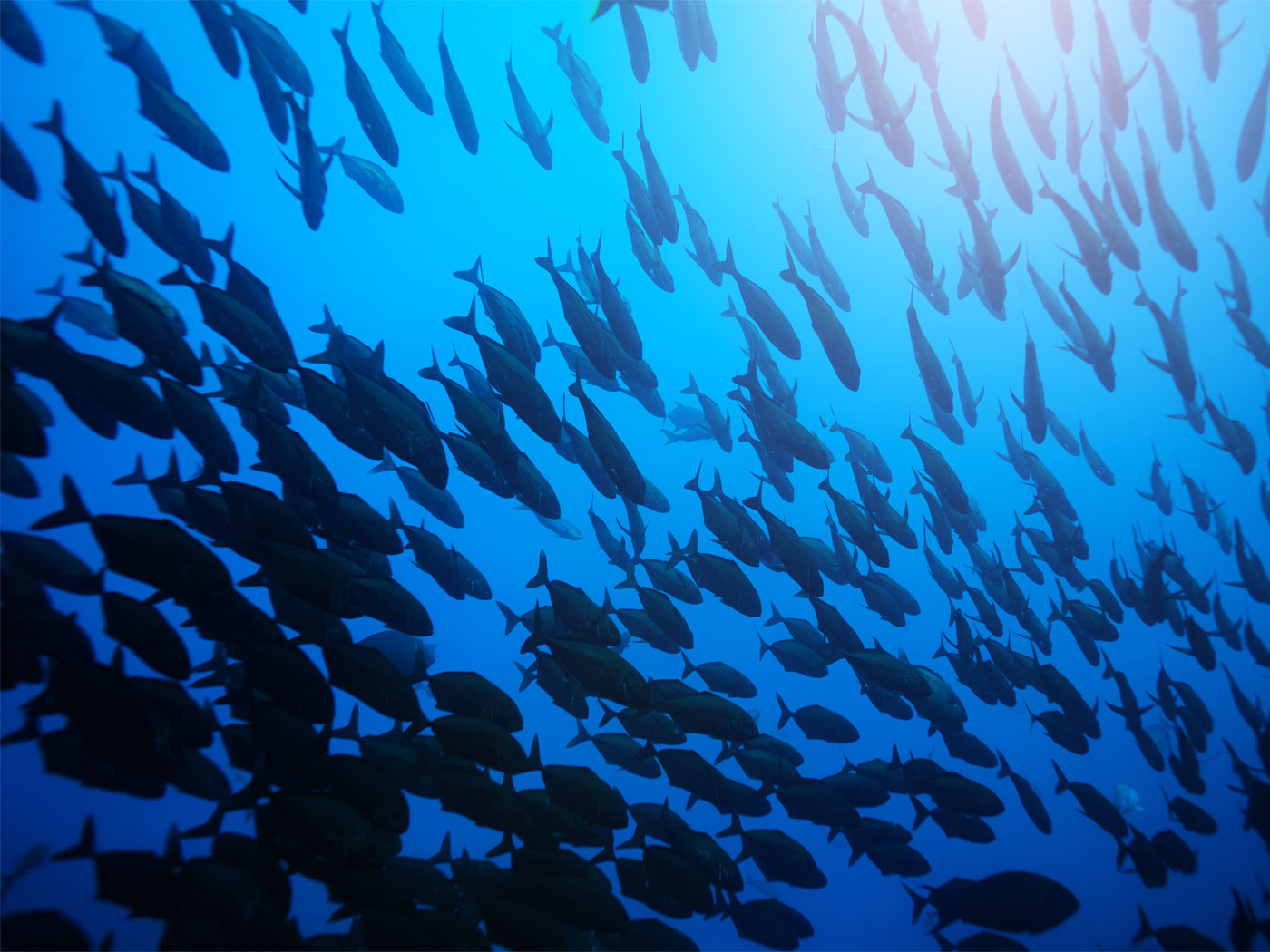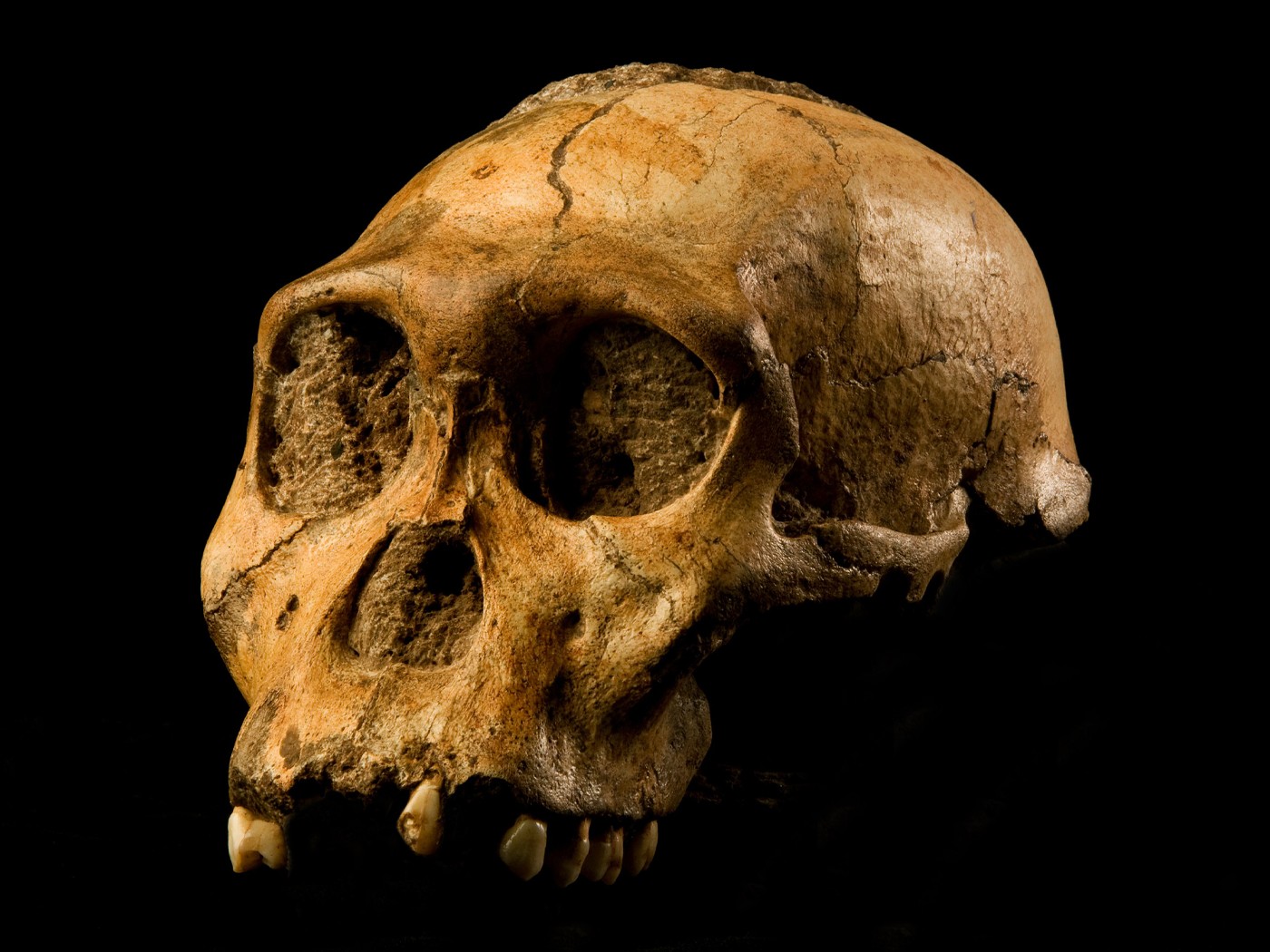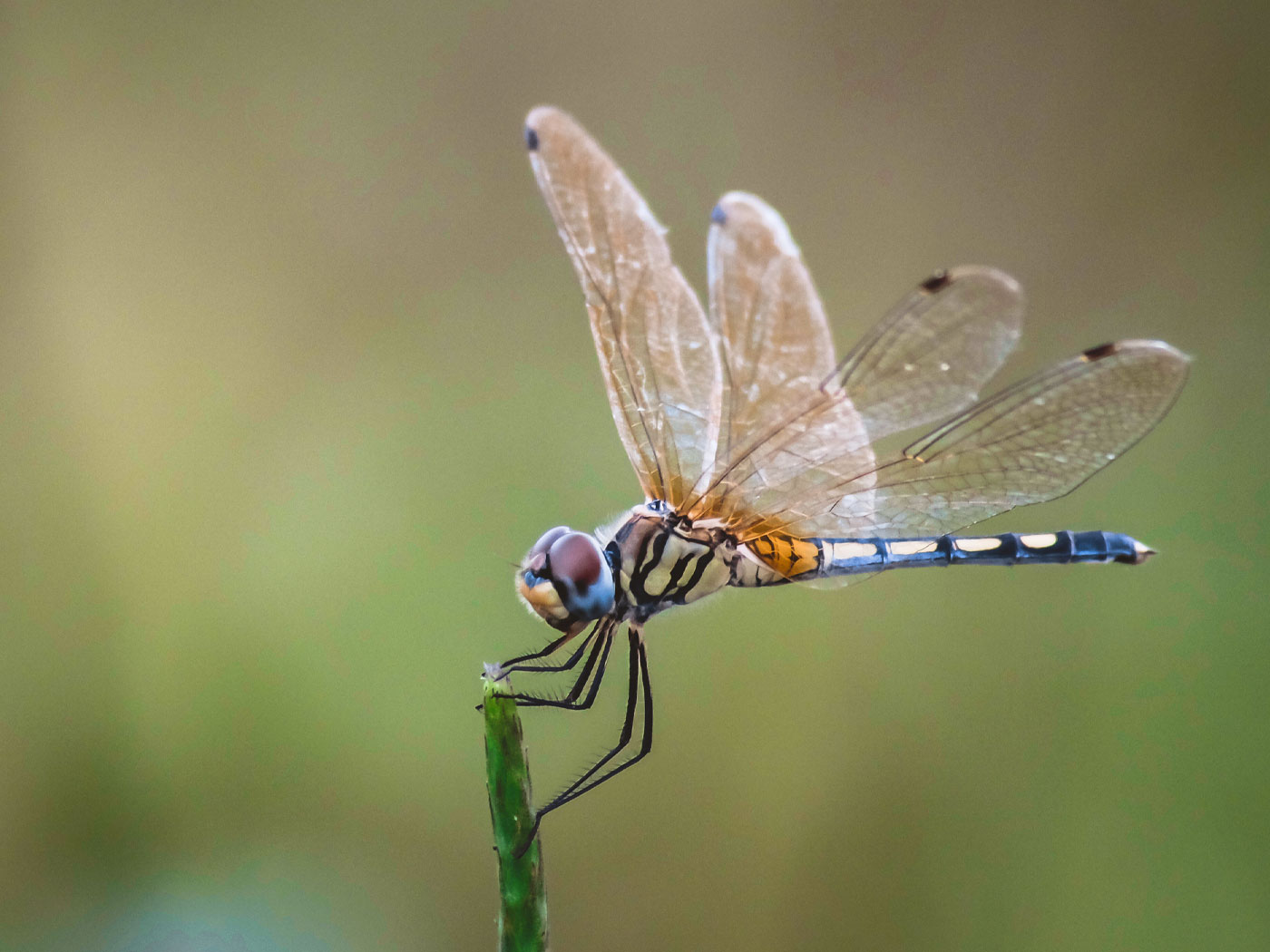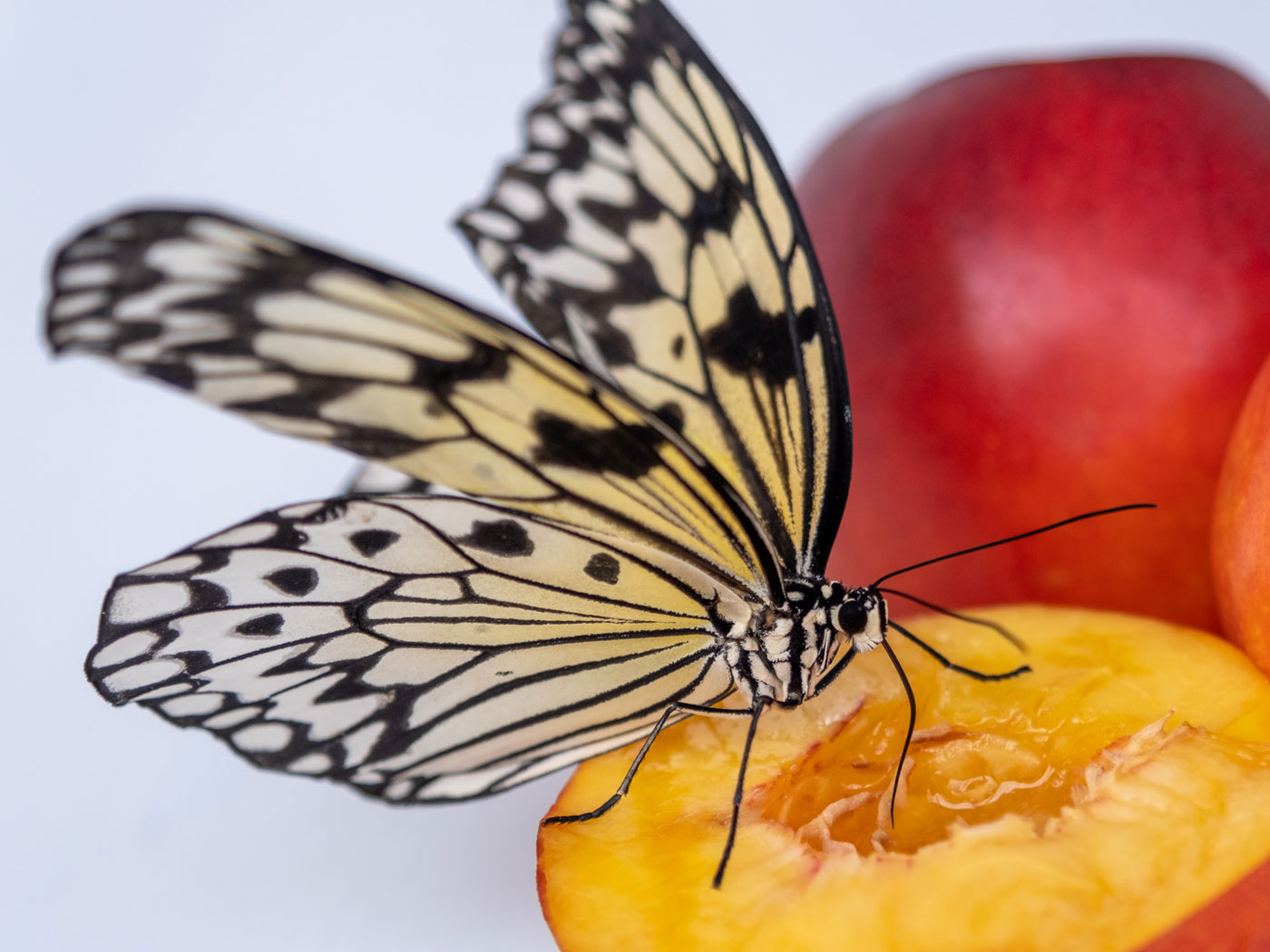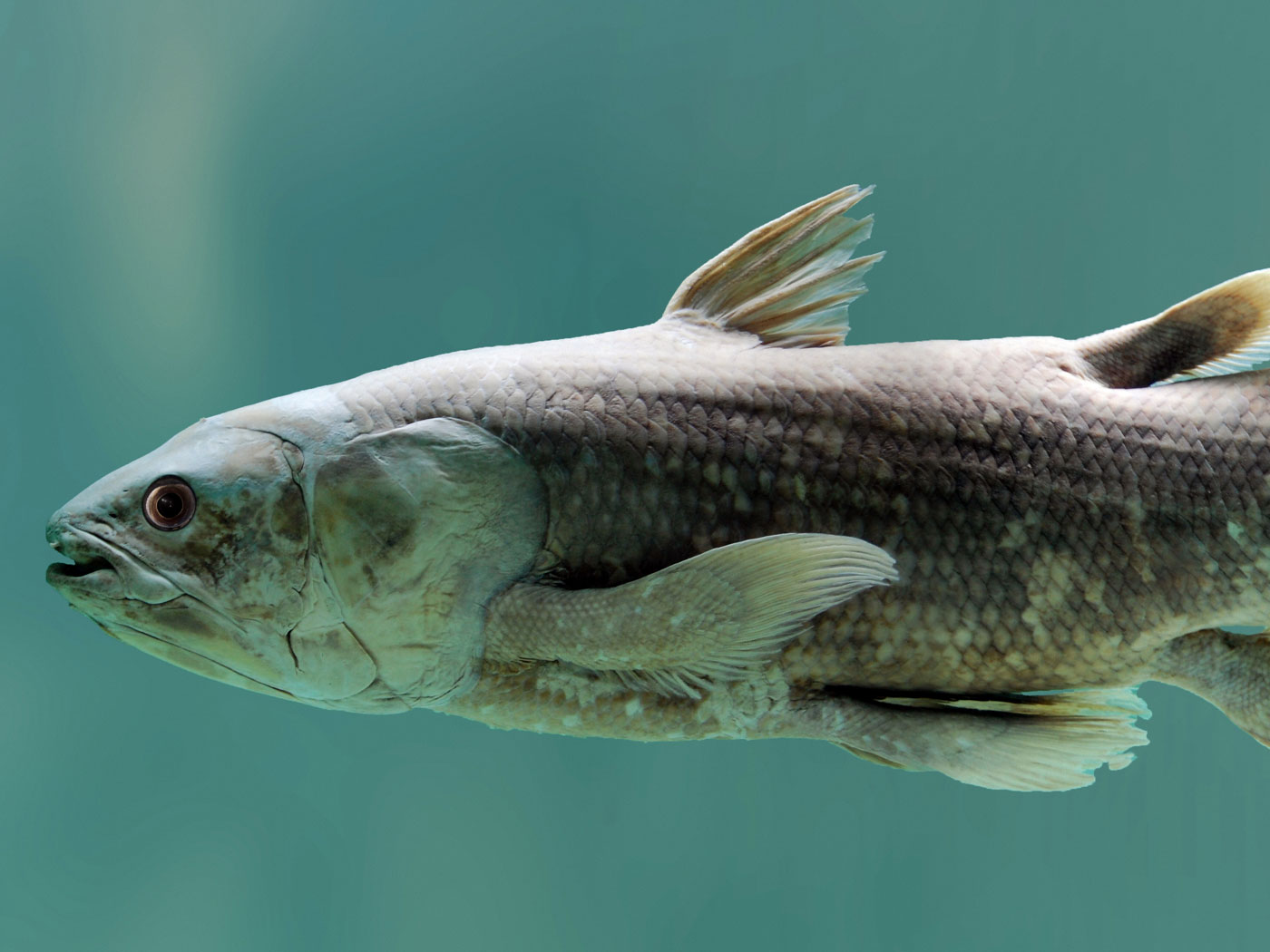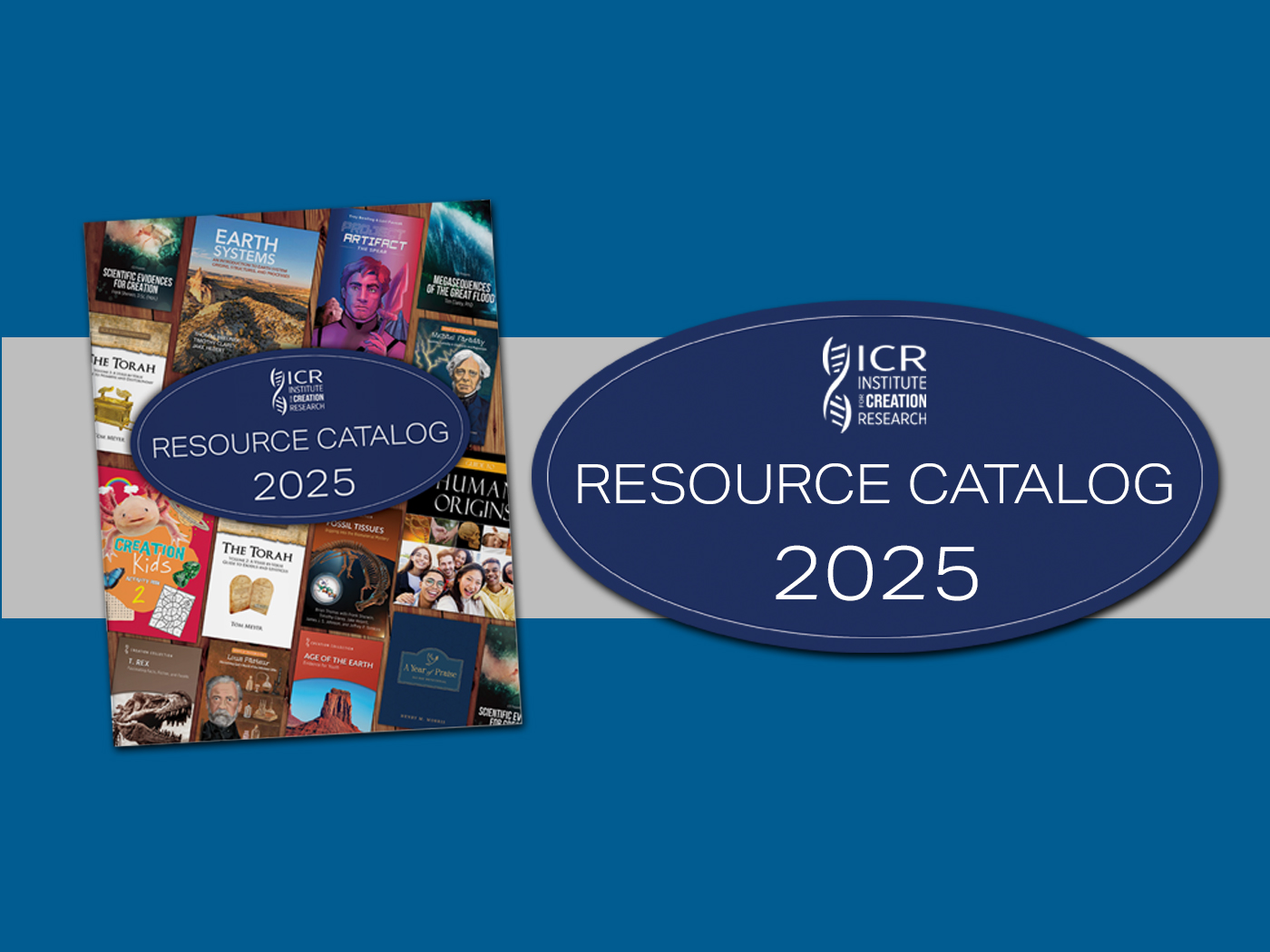Increasing numbers of innovative researchers borrow from biology when they examine and incorporate living systems into man-made designs. We know how man-made designs originate— people design them. But what about living designs? Two recent biomimicry research programs let slip major logic errors when accounting for the origin of the creatures they copy: the seahorse and kangaroo.
In a video posted online about a year ago, researchers led by the University of California's Joanna McKittrick were seen mimicking the seahorse tail's expert balance between flexibility and rigidity in their hopes to copy seahorse armor to make robotic arms.1 As the tail flexes, its bony plates slide over one another to both protect its sensitive internal spine as it grasps objects under the sea, like stems or corals.
How did the ingenious seahorse armor arise? According to Reuters, "The next step is to create artificial bony plates connected to polymers that would act as muscles, the beginning of a process adapting millions of years of evolution for modern scientific solutions.”1
How do they know that evolution crafted seahorses and their splendid armored tails? After all, smart and trained people exercised focused intent when they selected the right materials, shaped them and then joined the man-made tail model parts together. "Evolution” never uses intent. Will, volition, and desire are not part of evolution's supposed process, and neither is intelligence.
Likewise, how do they know the process took millions of years? After all, additional time only wears machines down—the opposite of building them up.
More recently, German engineers built a robotic kangaroo. As amazing as the invention is, an online video reveals the models underperform when compared to the living kangaroo's graceful locomotive modus. Nevertheless, the team had to use problem-solving skills to build its robot. BBC News said, "According to engineers, getting it to balance on landing was the real technical challenge, achieved by fine-tuning the movement of the hips and tail.”2
If problem-solving skills were required to fine-tune this inferior robot copy, then why were similar skills not also required to achieve the original, superior kangaroo setup? Explaining the process of biomimicry, BBC News said, "It basically piggybacks on the millions of years of research that occur through evolution and natural selection.”2
The same logic errors reappear. Evolution and natural selection cannot conduct research—only people can do that. Scientists should admit that, over time, natural processes reduce designed structures, like automobiles or genomes, so adding millions of years into the equation actually makes a less realistic explanation for the design of such structures as the kangaroo's hips and tail.3
The German engineers did not roll out countless random collections of scrap metal and select ones that jumped. After millions of years of junk-monitoring, that approach would only see the scrap turn to dust. Instead, they carefully planned and constructed their jumping robot, then revealed all the robot's integrated systems all at once. What's so hard about admitting that the original kangaroo might also have been revealed fully assembled all at once, only thousands of years ago?
Apparently, "millions of years” of "evolution” are supposed to somehow substitute for a real Creator. For those who accept the Creator's actual problem-solving and materials engineering expertise, the logic errors left by His two sorry substitutes stand out as starkly as the amazing seahorse from its watery home.
References
- Cleary, T. Scientists come to grips with seahorse armor. Reuters. Posted on reuters.com June 17, 2013, accessed May 1, 2014.
- Shaw, D. Animal robotics: German engineers make bionic kangaroo. BBC News. Posted on bbc.com April 4, 2014, accessed May 1, 2014.
- See Sanford, J. S. 2005. Genetic Entropy and the Mystery of the Genome. Lima, NY: Ivan Press.
* Mr. Thomas is Science Writer at the Institute for Creation Research.
Article posted on May 14, 2014.




